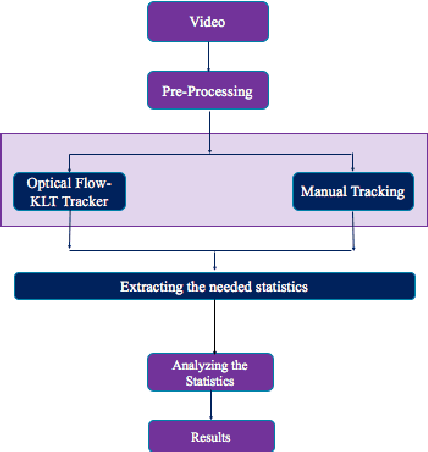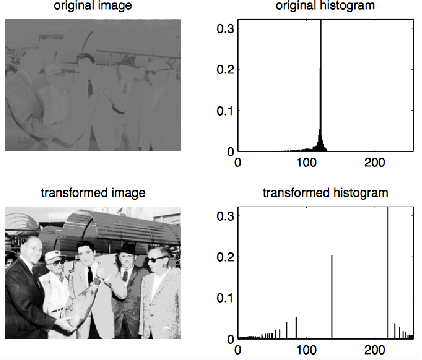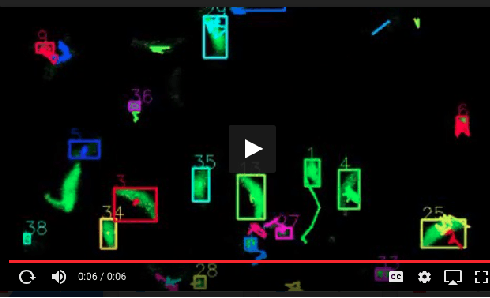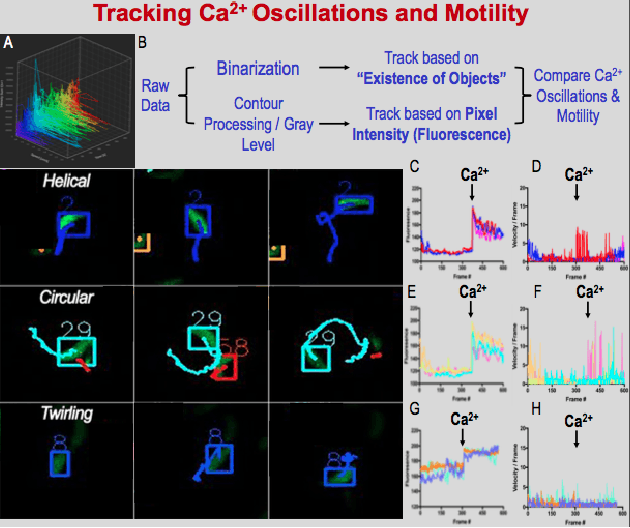Mojtaba Sedigh Fazli
Computational Motility Tracking of Calcium Dynamics in Toxoplasma gondii
Aug 18, 2017



Abstract:Toxoplasma gondii is the causative agent responsible for toxoplasmosis and serves as one of the most common parasites in the world. For a successful lytic cycle, T. gondii must traverse biological barriers in order to invade host cells, and as such, motility is critical for its virulence. Calcium signaling, governed by fluctuations in cytosolic calcium (Ca2+) concentrations, is utilized universally across life and regulates many cellular processes, including the stimulation of T. gondii virulence factors such as motility. Therefore, increases in cytosolic calcium, called calcium oscillations, serve as a means to link and quantify the intracellular signaling processes that lead to T. gondii motility and invasion. Here, we describe our work extracting, quantifying and modeling motility patterns of T. gondii before and after the addition of pharmacological drugs and/or extracellular calcium. We demonstrate a computational pipeline including a robust tracking system using optical flow and dense trajectory features to extract T. gondii motility patterns. Using this pipeline, we were able to track changes in T.gondii motility in response to cytosolic Ca2+ fluxes in extracellular parasites. This allows us to study how Ca2+ signaling via release from intracellular Ca2+ stores and/or from extracellular Ca2+ entry relates to motility patterns, a crucial first step in developing countermeasures for T. gondii virulence.
Use HMM and KNN for classifying corneal data
Jan 29, 2014
Abstract:These days to gain classification system with high accuracy that can classify complicated pattern are so useful in medicine and industry. In this article a process for getting the best classifier for Lasik data is suggested. However at first it's been tried to find the best line and curve by this classifier in order to gain classifier fitting, and in the end by using the Markov method a classifier for topographies is gained.
 Add to Chrome
Add to Chrome Add to Firefox
Add to Firefox Add to Edge
Add to Edge